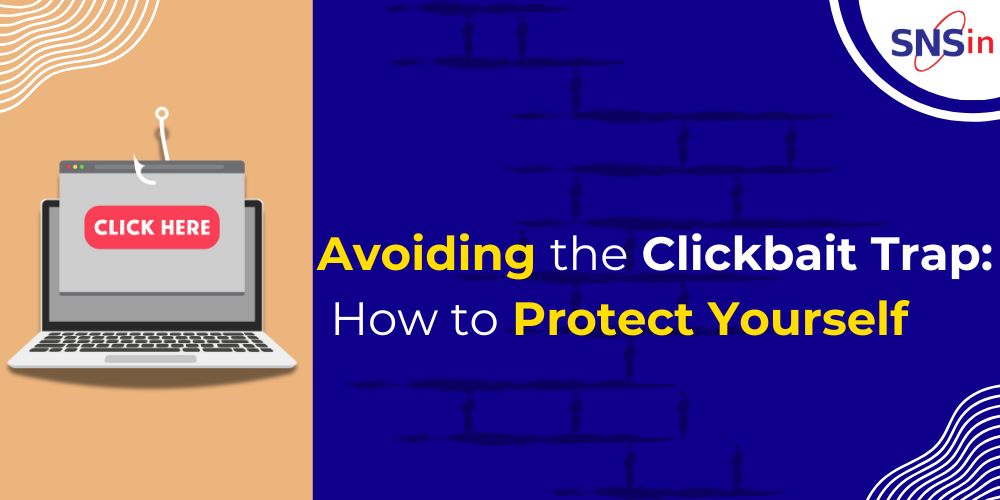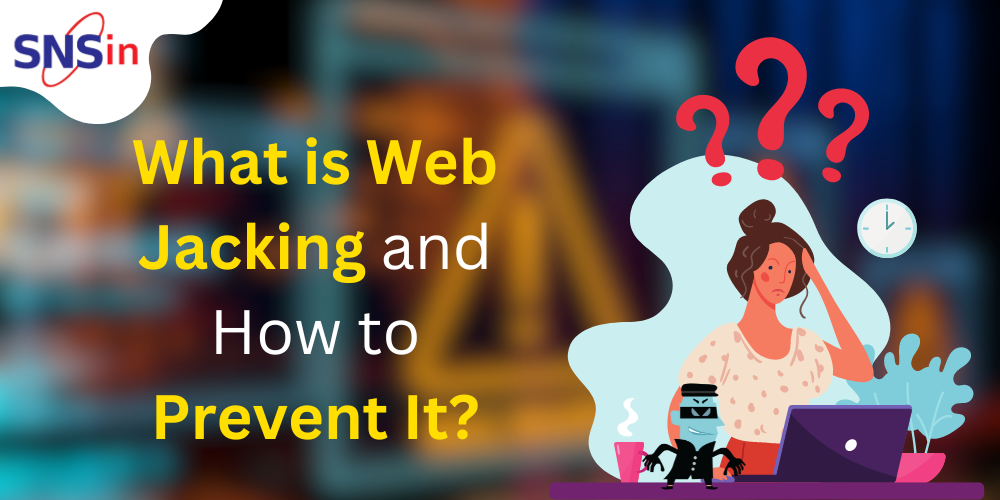Now more than ever, the world is a sea of information and all are fighting for our attention. Whether you are scrolling through your Facebook news feed, or browsing through articles in major newspapers and magazines, the headlines are always out there ready and able to grab your attention.
However, not all content is good, and some of the bright headlines are a snare and delight, or rather a clickbait. Headline bait is a deceptive strategy for attracting attention with provocative or misleading headlines that lead to poor quality or unrelated content. Even though clickbait may seem innocuous, it may have adverse effects on people and businesses.
What is Clickbait?
Clickbait is seen as the use of provocative and/or sensational headlines to make a user click a link. If the headline was promising specific information, the content behind it rarely delivers on that promise, bringing little to no value. But it may contain advertisements, nonsense information, or something dangerous.
For instance, a headline such as “You will not believe what happened next!” is meant to tickle the curiosity of readers; however, the actual content may be full of mill events or even an advertisement.
Click baiting is usually attributed to unreliable websites, but actually, it can be encountered practically on any website, starting from social media and ending with reliable news channels.
The Impact of Clickbait
Clickbait is more than just an annoyance; it can have real consequences:
Wasted Time: If you make the mistake of clicking on the headline of your choice, you end up spending so much time going through the news that is not useful or of a low quality. This can make it frustrating and they end up with a negative experience on the online platform.
Spread of Misinformation: Fake news which involves headlines that are misleading could be a result of clickbait headlines. This can facilitate the work of scammers and create conditions for the spread of fake news and misinformation, which has significant social consequences.
Security Risks: Most of the clickbait links are a gateway to spam, viruses, malware, or phishing scams intent on stealing your identity. Getting caught in these options is disadvantageous as it endangers your online security.
Erosion of Trust: The prolonged presence of clickbait degrades the credibility of information on the web. If users are exposed to click-bait headlines, they will stop trusting any content.
Monetization of Low-Quality Content: Most clickbait leads traffic to unpopular websites that are run for the sake of posting ads. It also encourages the authors of fake sites to come up with even more misleading articles as everyone wins.
How to Recognize Clickbait?
The first step in avoiding the clickbait trap is learning how to recognize it. Here are some common characteristics of clickbait:
Sensationalized Headlines: Such headlines may contain one or two exaggerated words aimed at creating a sense of urgency or curiosity in the reader. If you see words such as “You Won’t Believe”, “Shocking Truth” or “This Will Change Your Life”, you should be wary.
Vague or Ambiguous Phrasing: Clickbait headlines do not have much information about the article content but small words are used to make people curious. For instance, “This Simple Trick Will Save You Thousands” is an uninformative headline.
Overuse of Superlatives: It is normal to read headlines such as “Best,” “Worst,” “Most,” or “Top” because they make content appear more vital than it is.
Promised Reveals: Headlines that specify ‘shocking,’ ‘surprising,’ or ‘secret’ often refer to clickbait headlines. The content stands very little chance of being as exciting and the build-up does not leave much to the imagination.
Emotional Manipulation: Articles with enticing headlines are usually on purpose to elicit a response such as fear, anger, or excitement. For example, “Are You Making This Dangerous Mistake Every Day?” Such headlines create anxiety.
Strategies to Avoid Clickbait
Now that you can recognize clickbait, here are some strategies to avoid falling into its trap:
- Read Beyond the Headline
- Check the Source
- Look for Context
- Use Ad Blockers
- Educate Yourself
- Engage with Quality Content
- Report Clickbait
- Trust Your Instincts
- Spread Awareness
Conclusion
Fake news is a digital scourge, but it’s not invincible. By avoiding clickbait, suspicious links, and harmful online behaviours, we can create a healthier internet for everyone.
At Secure Network Solutions (SNS), we understand the importance of a secure cyber space. We have been protecting our customers’ data and networks for the last 23 years. Security shouldn’t be an afterthought. Make SNS your trusted security partner. Our team of certified professionals is laser-focused on keeping your data safe.
We offer comprehensive security solutions. Get the peace of mind you deserve. Drop an email to us at [email protected] to discuss.
Swathi
Author
Working IT professional and a Cyber Security enthusiast. Passionate to write about Cyber Security topics and Solutions. I share my insights as I study articles and trending topics in the field of Cyber Security.
![]()




